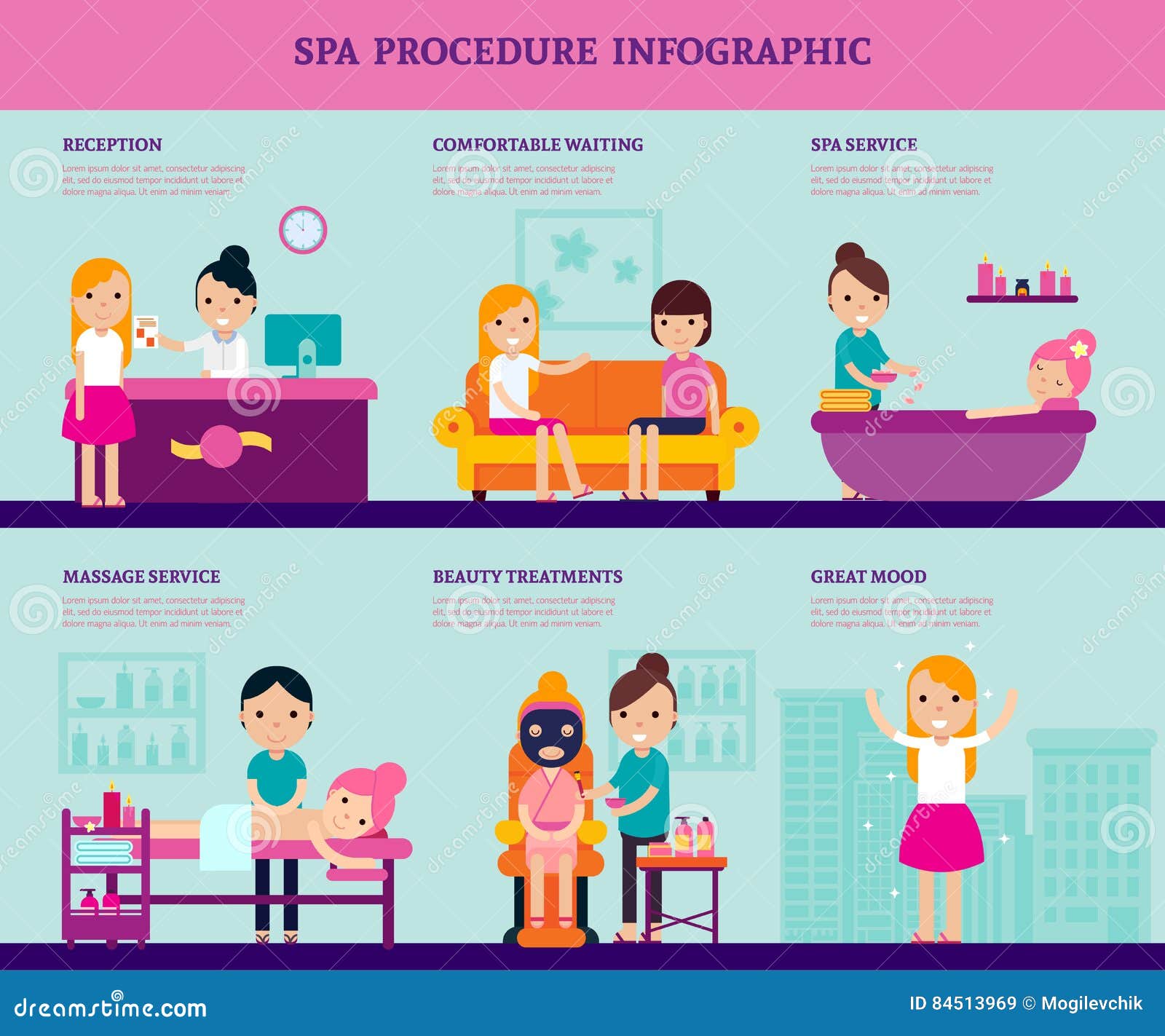AHAs are a key component for unclogging pore clogs and brightening acne-prone skin. They work by breaking down dead skin cell buildup to advertise newer, fresher cells, and avoiding future clogs.
Developing topical AHAs demands meticulous attention to different vital variables that considerably affect their efficiency and tolerability. Keeping the optimal pH range, together with automobile option and focus, amplifies their exfoliative characteristics while alleviating possible damaging responses.
Glycolic acid
Glycolic acid is known for its mild yet effective exfoliating residential properties, which advertise skin's all-natural losing and loosen up the "adhesive" that holds dead cells on the surface of the skin. This helps unclog pores and reduce the appearance of fine lines and creases, in addition to boost total skin appearance and tone.
Surprisingly, topical glycolic acid has also been shown to stimulate the production of collagen, which is crucial in preserving skin's firmness and elasticity. It is very important to keep in mind, nevertheless, that since glycolic acid can promote the skin's level of sensitivity to sunshine, it is important to put on sun block when making use of any kind of items having this active ingredient.
Skin doctors pay cautious interest to the formula of items consisting of AHAs in order to enhance their effectiveness and tolerability. Developing AHAs with the suitable car, together with pH and concentration considerations, allows for optimal skin infiltration while lessening prospective negative reactions. This is particularly crucial for patients with delicate skin, given that AHAs are recognized to be gently annoying.
Lactic acid
Lactic acid is discovered in many over-the-counter skin care products and some stronger specialist peels and therapies. It has the most affordable molecular weight of all the AHAs and is able to penetrate deeper right into the skin, where it is a lot more efficient at unclogging pores and exfoliating.
Like glycolic acid, it also stimulates collagen synthesis, which aids lessen great lines and wrinkles and improve skin texture. In addition, it has moisture-retention residential properties, that makes it better for drier skin types than various other AHAs.
The substantial body of scientific data substantiating the efficiency of topical AHAs sustains their utility in a large range of dermatological afflictions and visual worries. These include detailed skin restoration procedures, attenuation of great lines and wrinkles, lightening of hyperpigmentation, therapeutic treatment for actinic keratosis, and acne administration [2] Enhancing the formulation of AHAs by stabilizing pH, focus, and car selection additionally improves their fake botox therapeutic possibility. These cautious considerations make it possible for skin specialists to deliver secure and efficient treatments that give exceptional clinical outcomes.
Mandelic acid
Mandelic acid, originated from almonds, is another participant of the AHA household and is a popular active ingredient in products that help deal with acne. Its larger molecular dimension indicates it penetrates the skin extra slowly and gently, which can minimize the potential for irritability. It's likewise less most likely to trigger soreness and other skin level of sensitivity problems, making it suitable for delicate skin types.
Mandelic Acid is believed to help reduce swelling and boost hydration. It functions by loosening the bonds in between dead skin cells, enabling them to lose and expose fresher-looking skin. It also helps in reducing the appearance of bigger pores.
Formulating topical items with AHAs requires a specific balance of vital aspects that significantly influence their efficacy and tolerability. Specifically, the pH of an AHA formulation has actually been shown to play an essential function in its ability to promote peeling and improve complexion and structure. Attaining this ideal focus is a challenging objective and requires careful attention to the different factors that affect the solution process.
Citric acid
Citric acid, located in citrus fruits such as oranges and lemons, is a mild AHA. It's much less irritating than glycolic or lactic acid, making it better for delicate skin. It also has astringent residential properties, helping to dry excess oil.
Like various other AHAs, citric acid can be used in chemical peels and day-to-day active/maintenance treatments to exfoliate the skin and advertise cell turnover. It can help reduce the look of dark spots and hyperpigmentation, in addition to great facial lines.
It can likewise raise the synthesis of glycosaminoglycans, which play an important function in reinforcing the skin barrier feature. This aids to prevent trans-epidermal water loss, and keep optimal hydration levels in the skin [35]
AHAs can be incorporated with soothing components such as ceramides or hyaluronic acid to boost their tolerability. They can be incorporated into day-to-day active/maintenance skin care through lotion or product formulations. This enables experts to tailor their AHA treatments based upon patient requirements and choices, with the adaptability of choosing from different therapy strengths or concentrations.
